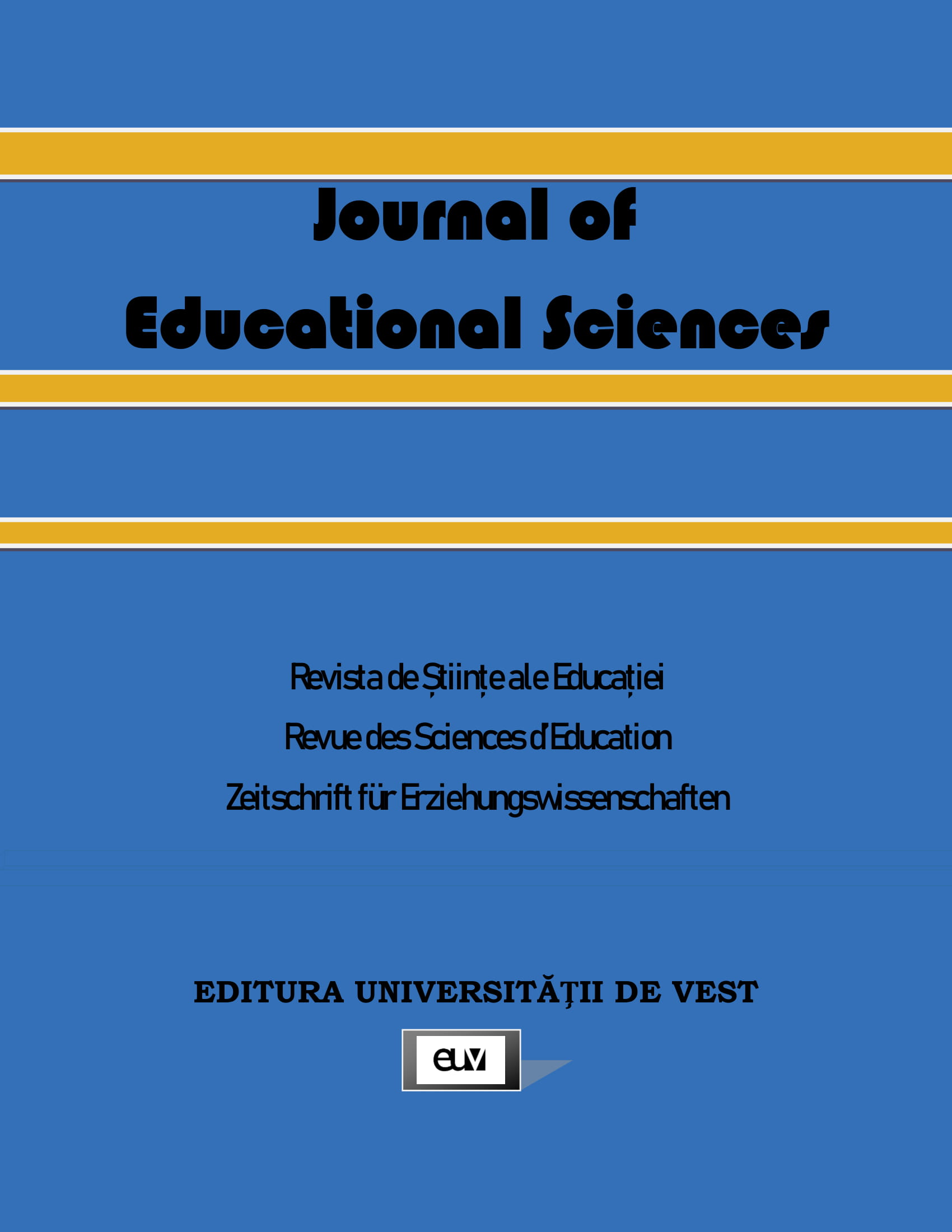Self-assessment in the context of visible learning
Self-assessment in the context of visible learning
Author(s): Valeria Botezatu, Nina BîrnazSubject(s): Educational Psychology
Published by: Editura Universității de Vest
Keywords: Assessment; formative assessment; self-assessment; learning; visible learning;
Summary/Abstract: Visible learning is an imperative of the current instructional process. Visible learning is a concept that refers to the fact that students have a clear understanding of the learning objectives, learning processes, and success criteria, so they can assess their own progress (Hattie & Anderman, 2013).Through active involvement, students become partners in the learning process and are involved in making decisions about their own goals and learning strategies. The active involvement of students facilitates their self-assessment, which is one of the key components of visible learning. In this context, visible learning involves the use of didactic strategies that make learning transparent to students, by providing specific and timely feedback, and by promoting collaboration and self-assessment (Fisher, Frey & Hattie, 2016). Self-assessment is a process by which students monitor and assess the quality of cognitions and skills while learning and identify strategies for improving their acquisitions. This aspect of formative assessment involves setting objectives and evaluation criteria, which can facilitate the self-assessment process. Self-assessment is a condition of visible learning, as it involves students to take responsibility for assessing their own learning, to adjust their learning based on the feedback received, and to set specific objectives to improve their performance. In this article, we highlight the specifics of students' self-assessment by presenting theories (cognitive control theory, self-determination theory) and self-assessment models used in practice. Based on the theoretical analysis, we identified the principles that can make the process of student self-assessment more efficient in the context of visible learning. Methodologically, a questionnaire and a test were applied, based on which we ascertained the students' opinion regarding their self-assessment process and the level of implementation of self-assessment in the didactic process. As a result, we formulated conclusions and recommendations for improving the process of self-assessment and formative assessment of students.
Journal: Revista de Științe ale Educației
- Issue Year: 48/2023
- Issue No: 2
- Page Range: 205-220
- Page Count: 16
- Language: English

